Story
When Everyone Is Safe: Landmine clearance has transformed millions of lives. It could transform millions more.
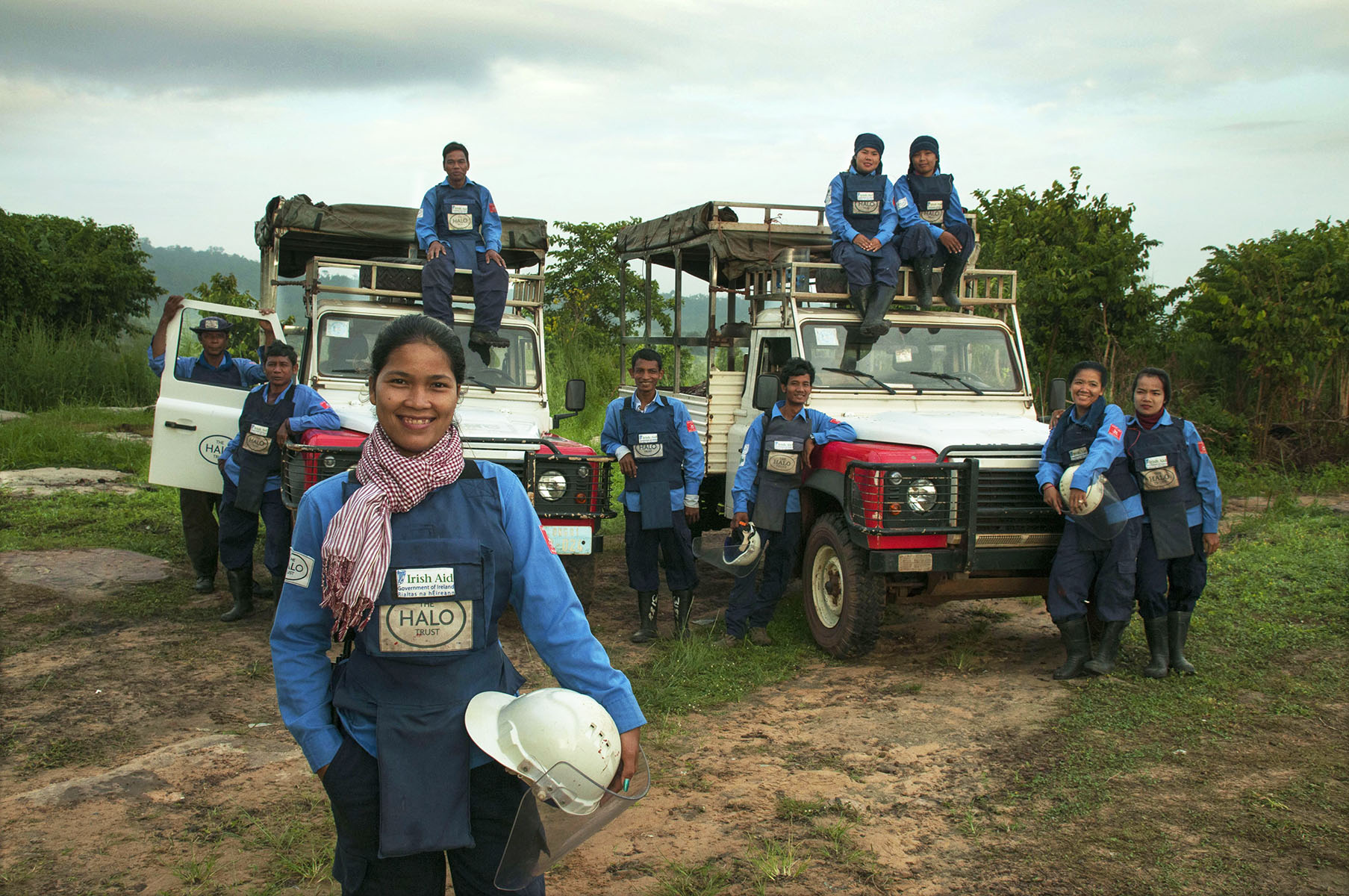
A 1998 ceasefire ended the war in Cambodia. But millions of landmines planted during decades of conflict continued to kill and maim long after the guns fell silent. Wars in Afghanistan, Iraq, Syria and elsewhere have left the same deadly legacy.
But a remarkable movement emerged from the blood and misery of Cambodia's minefields. The International Campaign to Ban Landmines helped to halt the global trade in landmines through the Ottawa Treaty. It also inspired mine-clearing efforts that saved countless lives and reclaimed millions of acres of farmland for poor communities world-wide.
In a world where so many development initiatives have mixed or hard-to-quantify results, mine action has been a stunning success. Yet confusion remains about its true impact and importance. As a result, last year's 20th anniversary of the landmark Ottawa Treaty passed unnoticed in the media. It's too easy to forget that 60 million people worldwide still live with the daily threat of mines and unexploded ordnance.
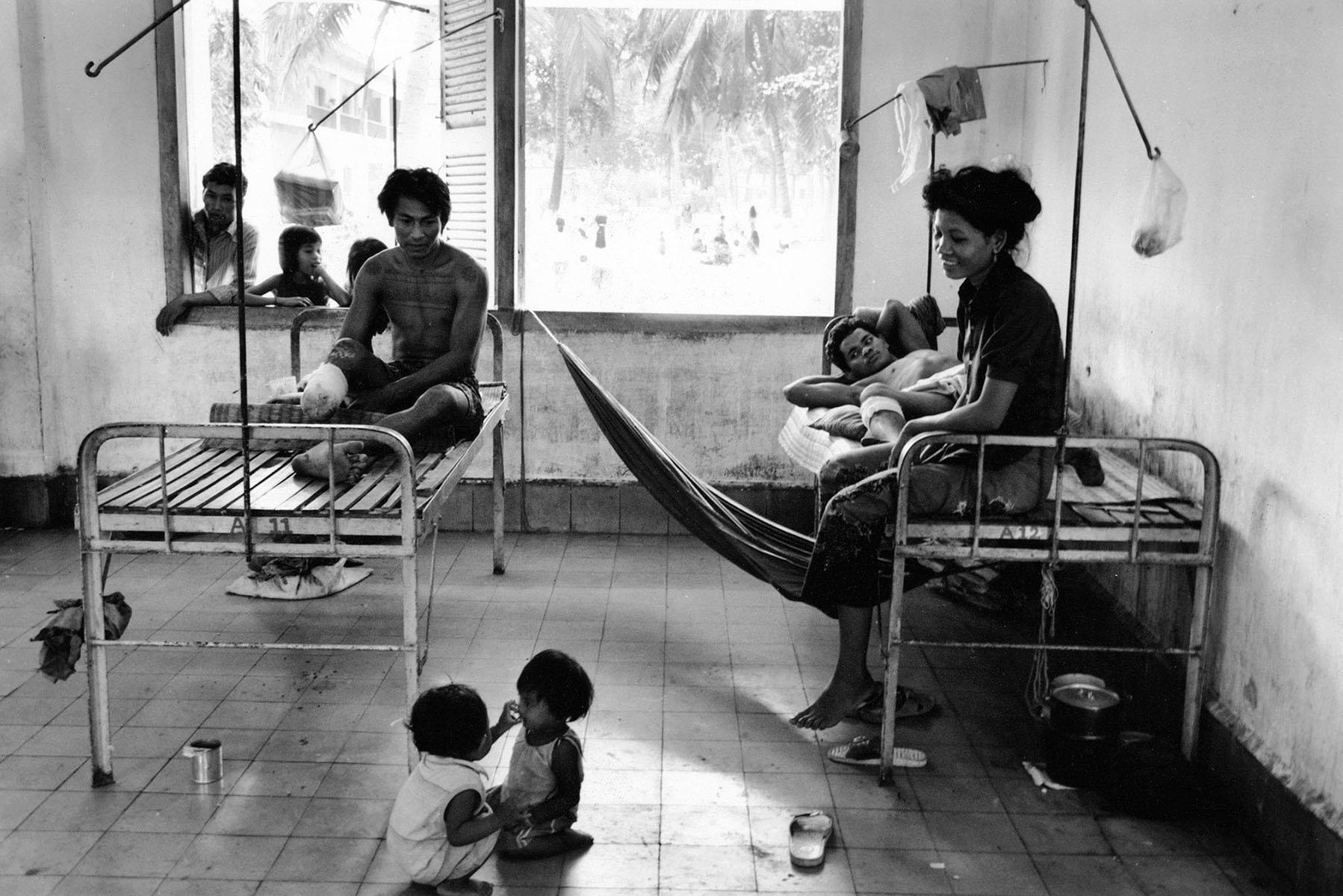
Very often these landmine-affected people are among the poorest. The choices they face are stark; it’s either risk life and limb by entering or living in mined areas, or starve. And this reality is still not well understood. Landmine contamination is seen primarily as a development issue, and not as a threat to life. It is this enforced risk-taking that leads to horrible casualty rates, as we see in Syria now. As one Cambodian villager explained, ‘If we did not claim the land from the mines, we’d have nothing... we had to risk our lives for it.’
When Everyone is Safe is an ambitious multimedia project that will show the world why mine action works - and what is needed to finish the job. At its core will be a visually stunning website that will combine photographs, video, maps, data visualisation and stories. The aim: to reach and inspire a new generation of donors and supporters.
Paul Davies and Nic Dunlop are uniquely placed to run this project. In 1994, they published ‘War of the Mines: Cambodia, Landmines and the Impoverishment of a Nation’, an illustrated book that revealed the horrific impact of landmines on ordinary people and charted the early response to helping them.
Over the years, Paul and Nic have witnessed the successes and challenges of mine action. They have watched global awareness of the issue ebb and flow. What started as a forgotten crisis grew into a movement that won a Nobel Peace Prize and led a princess through an Angolan minefield.
Today, lulled by these successes, too many people think mine action is a battle won and resigned to the past. Built around the stories of ordinary Cambodians, When Everyone Is Safe will show how mine action has transformed millions of lives, and can - with the right support - transform millions more.
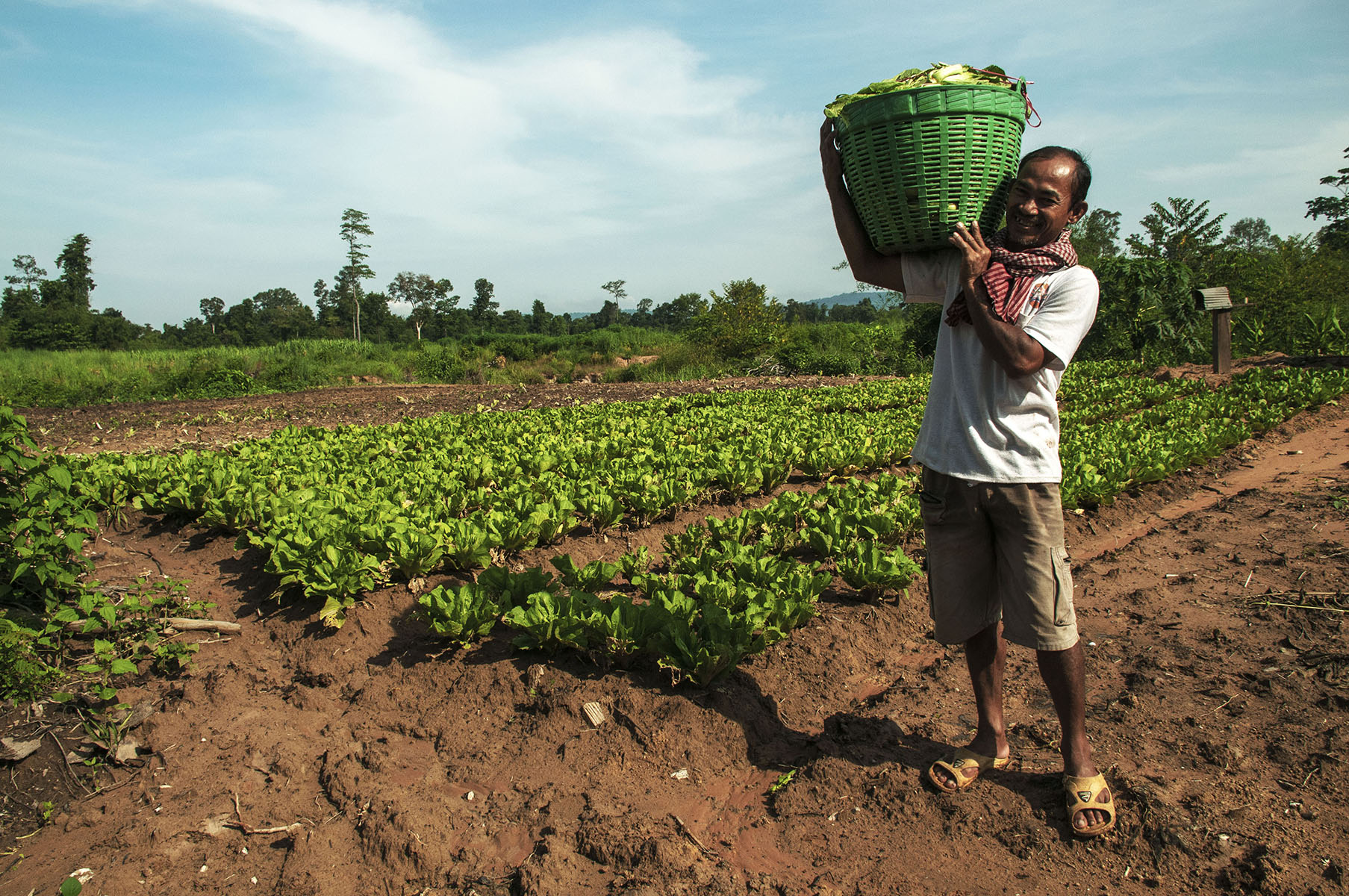
The Future
A crucial part of When Everyone is Safe is relating the pioneering work in Cambodia to other affected countries.
In Syria and Iraq, for example, large areas have been contaminated from the conflict against the so-called Islamic State. Although the problem is Improvised Explosive Devices (IEDs), they are landmines in all but name. And the impact on people returning to rebuild their lives – and the urgency – is even more intense than Cambodia 25 years ago.
In Laos, the socio-economic impact is very different to Cambodia, where the legacy of nine years of bombing continues to exact a toll. The situation in Mozambique, which has recently been declared mine free, faces challenges that could inform Cambodia and other countries reaching the end of their national programmes. And then there is Bosnia, where a commercial strategy failed to resolve the national mine action problem, leaving large swathes of land unusable, and ‘cleared’ areas unsafe; a far worse situation than in either Cambodia or Mozambique.
By drawing on the experience of other countries When Everyone is Safe is a unique resource; it will bring all of these experiences together in a single place that captures years of mine action and help others mount more effective responses in the future.
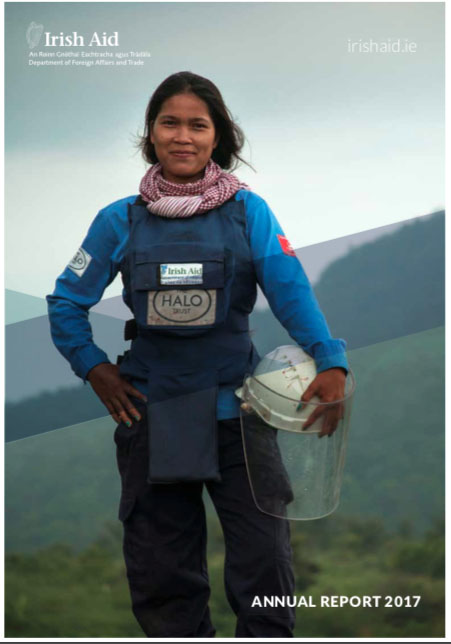
‘I want to see that people are safe,’ said Yan Srey Yen, 23, a Cambodian de-miner for HALO Trust. She recently spoke to Nic while clearing mines from a war she never experienced. ‘If I have no job in the future,’ she said, ‘I'd be happy. Because that means everyone will be safe.’
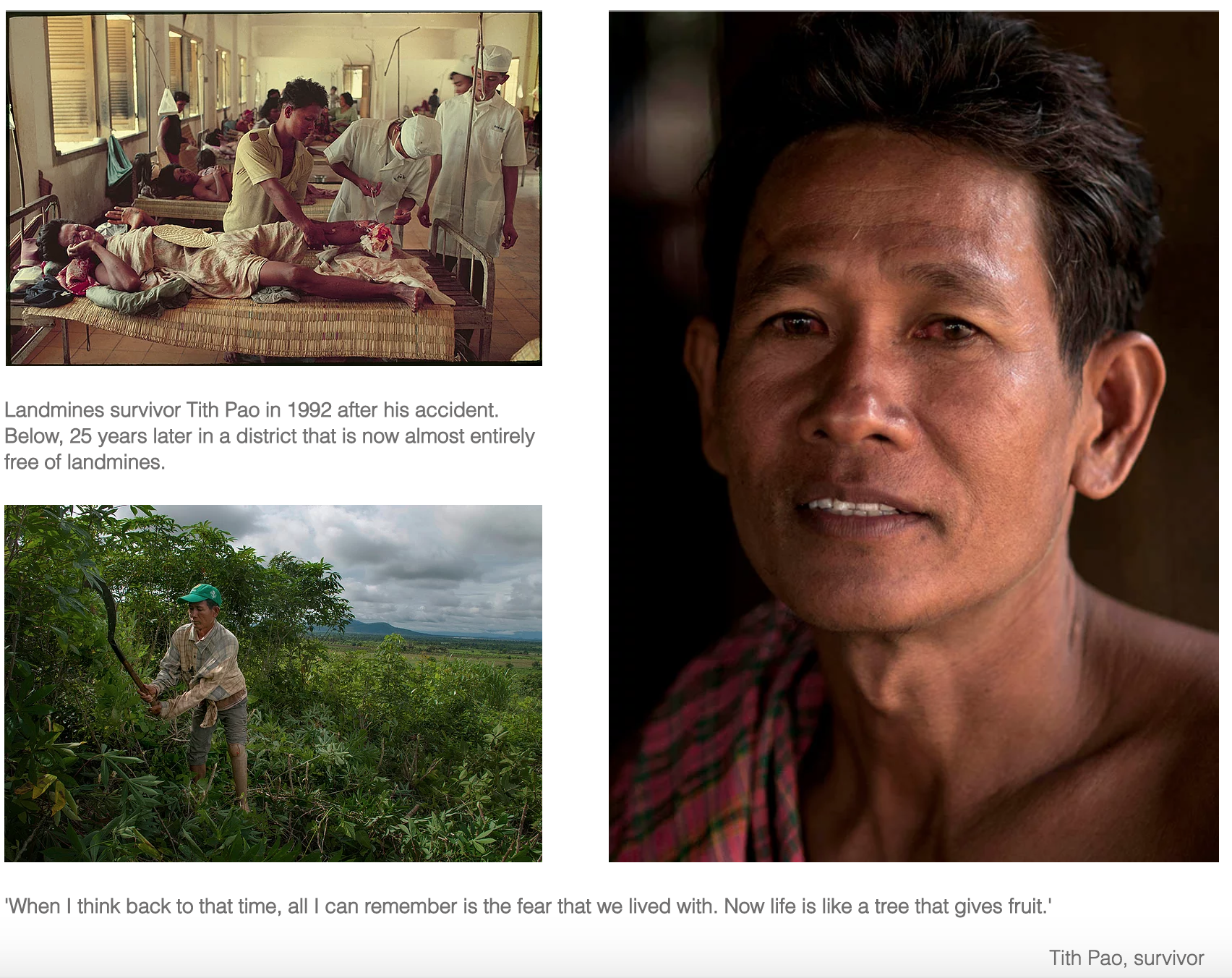
CORE PRODUCTS
A ‘when-everyone-is-safe.com’ website. This will be a visually striking website with photographs, powerful first-hand testimony, stories and overviews punctuated with graphics and interactive maps of mined and cleared areas. Once the core content has been produced and uploaded the site will go live, but incremental additions will be made in real time, and in response to feedback.
On the website there will be a downloadable report (.pdf), with exhaustive statistics, data, individual stories (before and after with a unique linear 25 year time lines), with photographs to illustrate key themes and findings.
POTENTIAL ADDITIONAL PRODUCTS
A hard copy of the illustrated report that is available on the website, together with an oral history whereby Cambodians tell their own stories of living with and overcoming the burden of landmines and UXO in their communities.
A mobile photographic exhibition from the project.
A high quality photographic book.
A series of video testimonies/stories (embedded on the website).
Short documentary films (see Aj+/Aljazeera shorts) – 8 minutes maximum – to be embedded on the website.
Endorsements:
When Everyone is Safe has the endorsement of the Vice President of the Cambodian Mine Action Authority (CMAA), HE Ly Thuch. It has the support of senior staff from the Geneva International Centre for Humanitarian Demining (GICHD); Lou McGrath OBE, CEO of Find a Better Way and former CEO of the MInes Advisory Group; the Swiss Foundation for De-mining (FSD); the US, New Zealand and Australian Embassies in Bangkok and various other supporters.
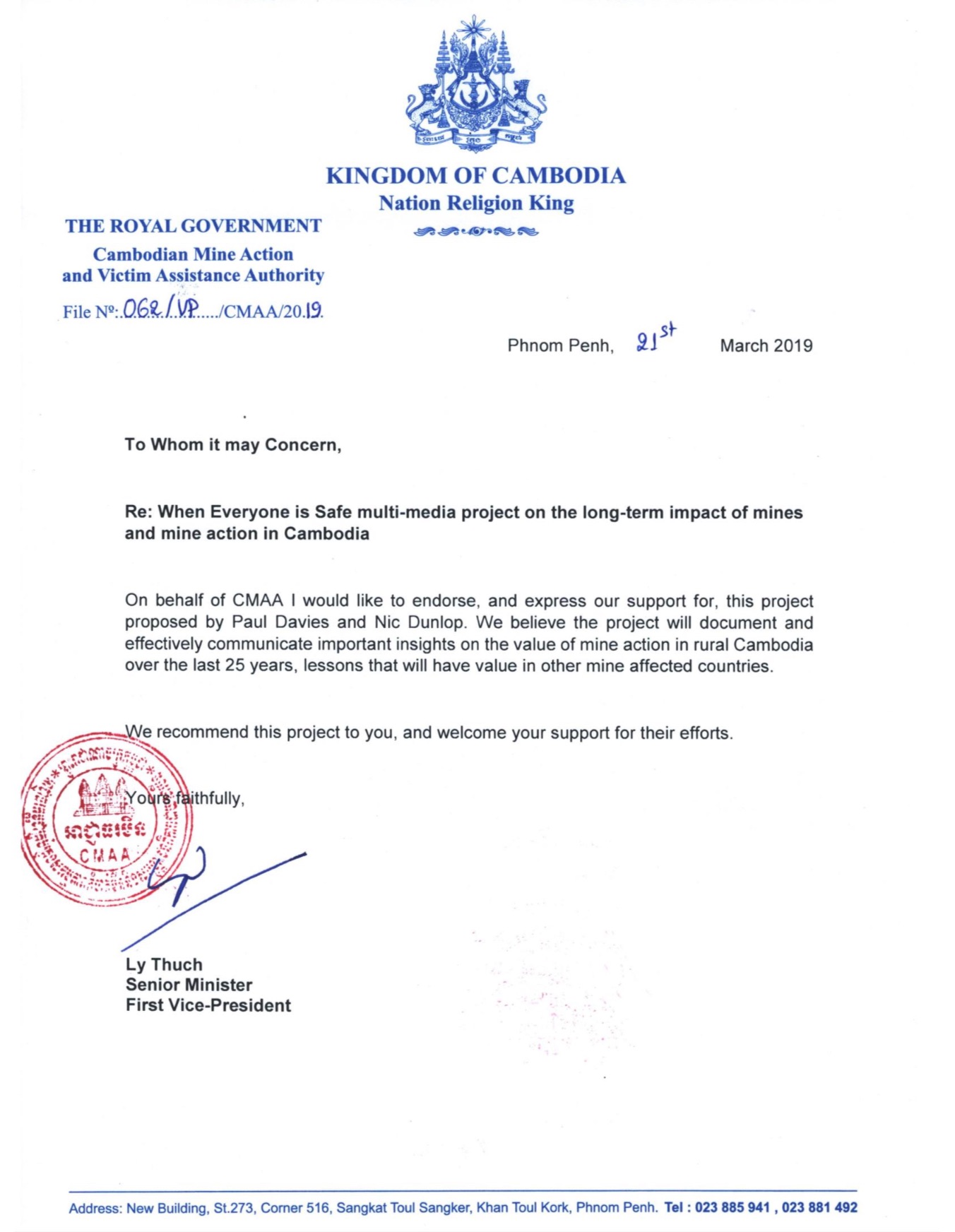
Learn more:
https://www.nicdunlop.com/when-everyone-is-safe
Password: 1691